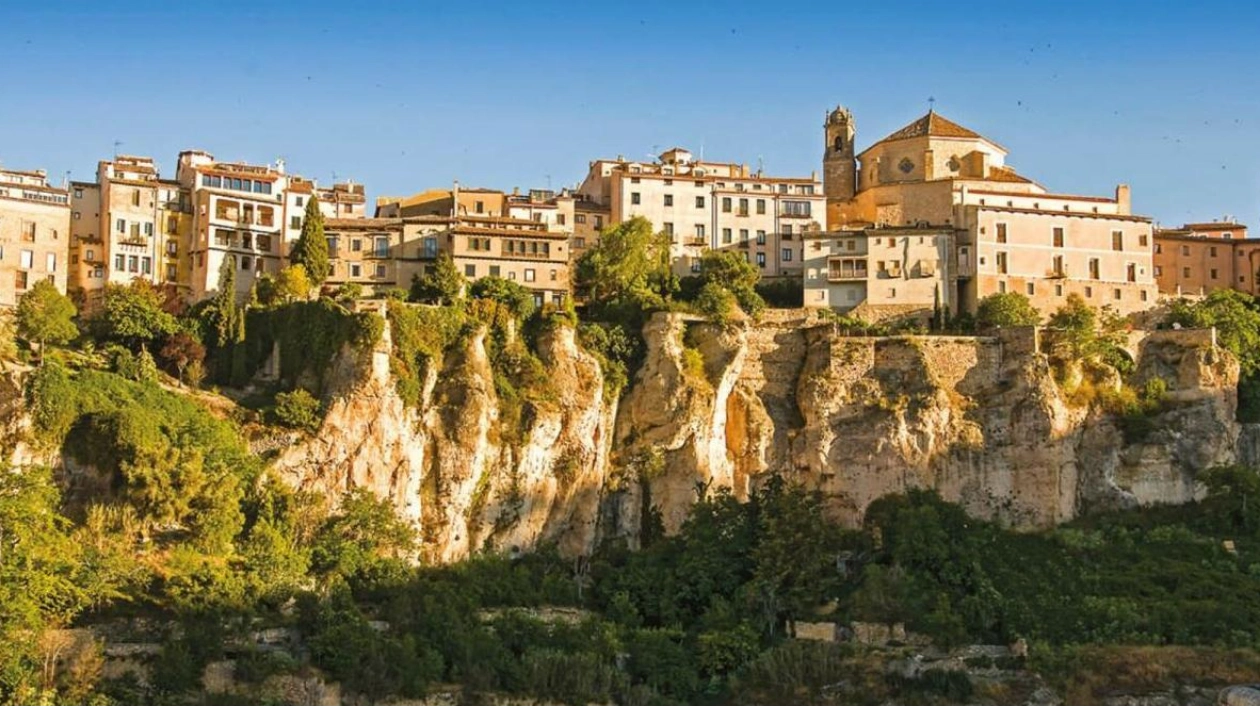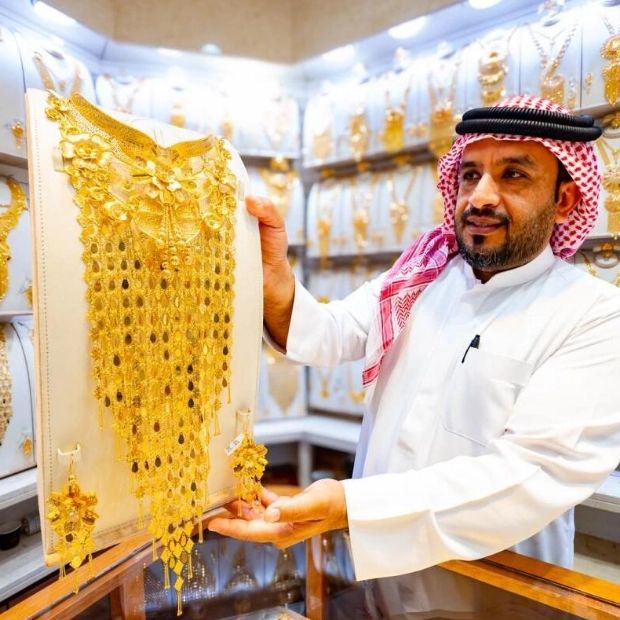Cuenca doesn’t seek attention from tourists nor does it boast about its charms. It’s a modest city that captivates those who happen upon it. The Spanish, however, enjoy spending time in Cuenca, the central town in the mostly wild, thinly populated Castile-La Mancha region, to admire its rugged limestone landscapes and deep gorges.
You are unlikely to encounter camera-wielding tourists striking victory poses in the cobblestone streets of the walled Old Town of Cuenca or against the backdrop of its Moorish castle. We traveled by train from Madrid and arrived at dusk. The luxurious Parador de Cuenca, housed in a former 15th-century convent, served as our temporary residence.
Upon opening the curtains of our room, we were greeted by the sight of vintage homes with lights flickering in their windows, perched on the edge of Cuenca’s gorgeously floodlit gorges formed by the Jucar and Huecar rivers. Cuenca is situated on a rocky limestone ridge, with 15th-century hanging houses clinging to the cliff face, appearing as if they might tumble down the slope.
The next morning, we crossed the gorge-spanning San Pablo bridge to uncover some of Cuenca’s historical secrets. Our guide recounted tales of medieval criminals being thrown into the cypress-and-poplar-lined ravines. If you’re keen on running with the bulls, visit in September for the San Mateo festival, when Cuenca bursts with excitement and color.
We took a break from sightseeing and sat in a cafe outside the yellow limestone cathedral, where Mediterranean-style houses added splashes of color. We reflected on Cuenca’s Moorish heritage, which dates back to the eighth century. After 400 years of Moorish rule, the town was liberated by Christian King Alfonso VIII in 1177.
Cuenca is known for its pageantry, especially on Holy Friday, two days before Easter, when elaborate processions with 40 ornate floats wind through the town. The highlight is a massive wooden float of the Last Supper, carried by 66 men, each bearing the weight of 35 kg.
This vibrant town also gave rise to the Spanish Abstract Art movement. In the 1960s, the Old Town’s buildings were in disrepair, but Cuenca thrived in isolation, protected by its rugged landscape. This environment nurtured the creative talents of artists like Gerardo Rueda, Antonio Saura, and Gustavo Torner.
Fernando Zóbel, an artist and collector, envisioned a museum to showcase his collection of abstract Spanish art. With the help of his friend Gustavo Torner, they established the Spanish Museum of Abstract Art in one of the 15th-century Hanging Houses. The museum’s dramatic location offers a captivating backdrop for the displayed artworks.
On our final evening, we dined at La Bodeguilla de Basilio, a cozy restaurant adorned with photos of the owner with various artists and celebrities. We enjoyed a variety of local delicacies, from Castilian soup to grilled sardines and lamb chops.
As we returned to our hotel that night, we paused to admire the gorge’s floodlit beauty, with the evocatively lit Hanging Houses glowing above. Within these historic structures, the works of Spain’s great abstract artists shone, forever cherished and revered.






